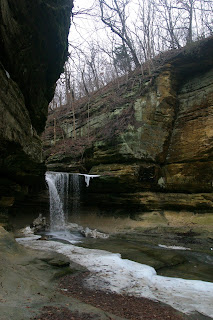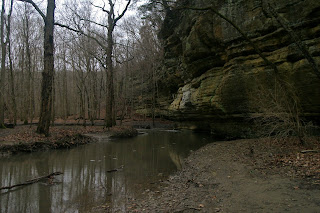After 2 years of patio gardening in Arizona with little to no success (I got a few inch long poblanos and a bunch of basil) I am finally ready to have a real vegetable garden in the raised bed. During grad school I lived in a unit with a north facing covered balcony... not ideal lighting for growing anything and paired with some white fly problems and not knowing anything about desert gardening I didn't have much luck.
Gardening has been something that has been super important to me since I was a little kid. When I was in grade school my mom gave my sister and I 12-inch flower boxes where we grew marigolds, snapdragons, and petunias. I remember feeling so proud of the plants that I was responsible for and ever since spending time with my mom in the garden has been something I look forward to every summer. For a long time it was just a simple herb garden and planting/weeding flower beds. When I got to college she built a raised bed in the back yard and that's when I got my first real experience doing the seed starting, planting, soil blending, composting, and vegetable gardening. The summer after I graduated college I made my own first herb garden, which was specifically for plants I could use to make tea: chamomile, lemon balm, peppermint, spearmint, and some doomed tea plants,
Camellia sinensis. The following summer I added my own tomatoes, potatoes, and cucumbers, which I started in mid January out of excitement. I would carry the plants in and out of the garage in big 5 gallon buckets on days that got above 40 degrees and bring them back in at night.
This year I'll try not to jump the gun (ok... I already planted some lavender and rosemary seeds last week) but in the mean time I've been working on planning out my garden. Since I'll be living in an apartment (east facing balcony, should still be ok!) I'll be growing a few herbs and some potted vegetables on the balcony. However, the big part of my garden project is going to be a raised bed, which I'll be building at my parent's new house. I tried to get into the local community garden near my apartment but all of the plots were reserved by the time I signed my lease. Thankfully my folks agreed to give 32 square feet of their yard to build an 8 ft x 4 ft raised bed so I'll use that for this year.
Here is the plan for what I'll be growing:
Herbs for cooking: Basil, Rosemary, Oregano, Dill
Herbs for tea: German Chamomile, Lemon Balm, Spearmint, Lemongrass, Ginger, Lavender
Vegetables: Tomato (Brandywine and Matina), Tomatillo, Cucumber, Pepper (Anaheim, Banana, Jalapeno, Poblano, and Tepin), Summer Squash, Lettuce (Black Seeded Simpson and Tangy), Microgreens, Garlic, Green Onions
Fruits: Strawberry, Blueberry, Pineapple (I have an 18 month old plant that I started from a recycled pineapple top in Arizona, hoping it will fruit this summer)
Flowers: Purple Coneflower, Butterfly Milkweed, Sunflower, Poppy, Lupine, Black Eyed Susan, Marigold. I wanted to do a few native plants to try to attract pollinators to my garden.
My first seedling (It's either lavender or rosemary, I mixed up the cups and forgot to label!) popped up yesterday and today it's going to hit 50 degrees so I am excited to kick off the gardening season. After I move into my apartment in mid march I will do the seed starting for the rest of my garden plants. Here's to a successful growing season.
 |
| First chamomile harvest of 2012. I got this much chamomile every 2 weeks all summer. |
 |
| Seed starting tomatoes and cucumbers, February 2013 |
 |
| Container Garden, early spring 2013 |
 |
| Tomato Plant, spring 2013 |
 |
| Container tea garden 2013, chamomile up top with lemon balm and spearmint below |
 |
| Chamomile in bloom |
 |
| Raised bed 2013 |
 |
| A praying mantis hatchling. I experimented with them for pest control 2013 |
 |
| Lunch grown completely from the garden |
 |
| Patio herb garden 2014 in Arizona |





































